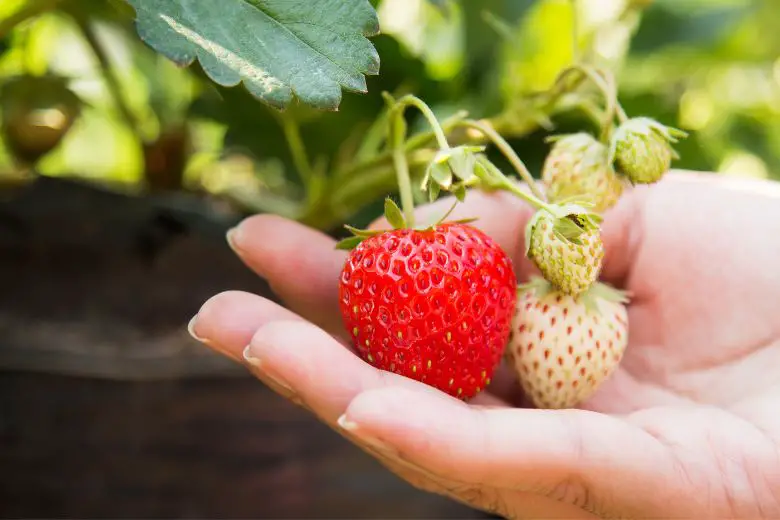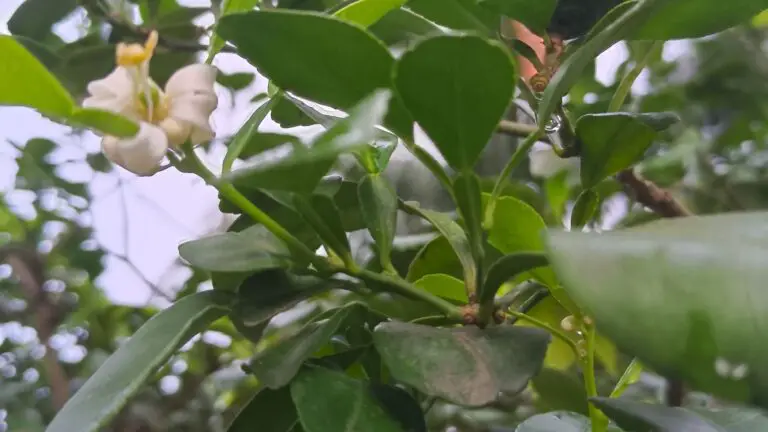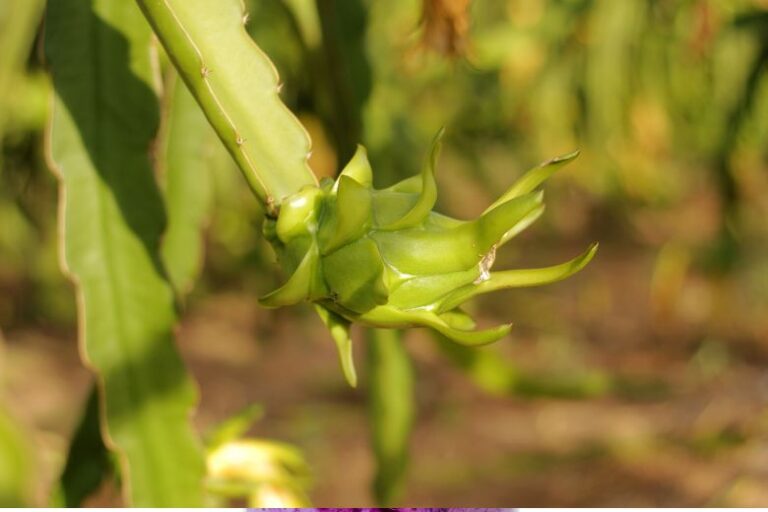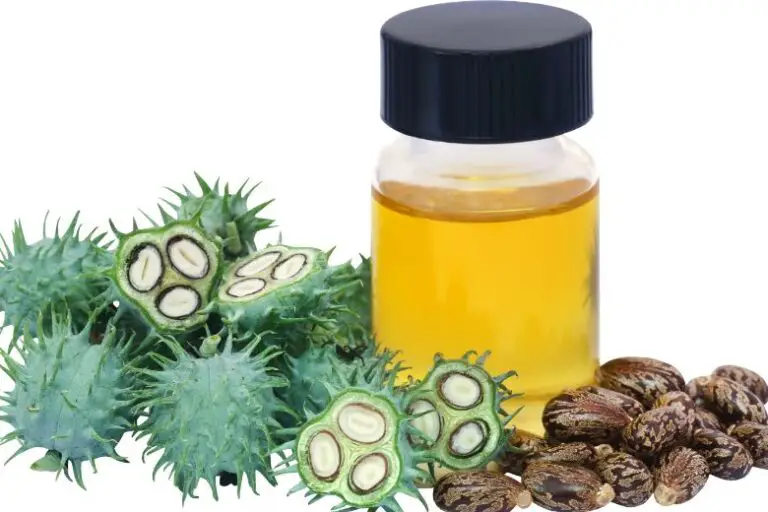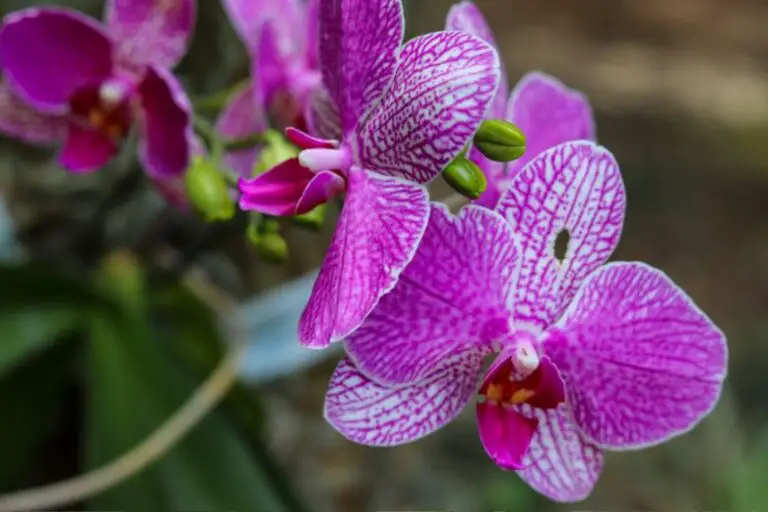How to Grow Juicy Strawberries in Louisiana
When it comes to cultivating strawberries in the warm and humid climate of Louisiana, there are several key considerations to keep in mind.
From selecting the right strawberry varieties to understanding soil conditions and pest management, this guide will walk you through the essential steps to successfully grow your own luscious strawberries right in your Louisiana garden.
Choosing the Right Strawberry Varieties
Louisiana’s climate requires strawberry varieties that are well-suited to its conditions. Opt for everbearing or day-neutral varieties like ‘Seascape’ or ‘Albion,’ which produce fruit throughout the growing season and are more tolerant of heat.
Preparing the Soil for Success
Strawberries thrive in well-draining soil with a slightly acidic pH. Amend the soil with organic matter and perform a soil test to ensure optimal conditions for your strawberry plants.
Optimal Planting Time and Location
Plant strawberries in the early spring or late fall when temperatures are cooler. Choose a location with full sun exposure for at least six hours a day.
Planting Techniques for Maximum Growth
Plant strawberries at the same depth they were grown in their nursery containers. Space them properly to allow for air circulation and prevent disease.
Proper Watering Practices
Provide consistent moisture to your strawberry plants, especially during flowering and fruiting. Use drip irrigation or a soaker hose to keep the leaves dry and prevent fungal issues.
Mulching to Retain Moisture
Apply a layer of organic mulch around the plants to retain moisture, suppress weeds, and regulate soil temperature.
Fertilization for Nutrient-Rich Soil
Fertilize your strawberries with a balanced, slow-release fertilizer to ensure they receive essential nutrients for healthy growth.
Pruning and Runner Management
Regularly remove runners (long stems with young plants) to direct energy into fruit production. Trim older leaves to improve air circulation and reduce disease risk.
Protecting Against Common Pests
Shield your strawberry plants from pests like slugs, snails, and birds using physical barriers, organic repellents, and netting.
Dealing with Humidity Challenges
Louisiana’s humidity can lead to fungal issues. Provide ample spacing between plants, promote air circulation, and avoid overhead watering to mitigate these challenges.
Harvesting Ripe and Juicy Strawberries
Harvest strawberries when they’re fully ripe, typically when they’re fully red and slightly soft. Gently pick them to avoid damaging the delicate fruit.
Troubleshooting Common Issues
Address problems such as mold, mildew, and pest damage promptly. Regularly inspect your plants and take appropriate measures to maintain their health.
Growing Strawberries in Containers
If space is limited, consider growing strawberries in containers. Use a well-draining potting mix, provide proper support, and ensure adequate watering.
Incorporating Strawberries into Landscape Design
Strawberries aren’t just for the garden; they can also add beauty to your landscape. Incorporate them into flower beds or hanging baskets for a visually appealing touch.
Sharing the Strawberry Joy with Others
Share your passion for strawberry cultivation with friends and neighbors. Offer them tips, extra plants, or delicious strawberry treats to spread the joy of homegrown berries.
Conclusion
Growing strawberries in Louisiana might have its challenges, but with the right knowledge and techniques, you can enjoy a bountiful harvest of sweet, juicy strawberries. By selecting appropriate varieties, managing soil conditions, and addressing common issues, you’ll be on your way to cultivating a thriving strawberry patch right in your own backyard.

